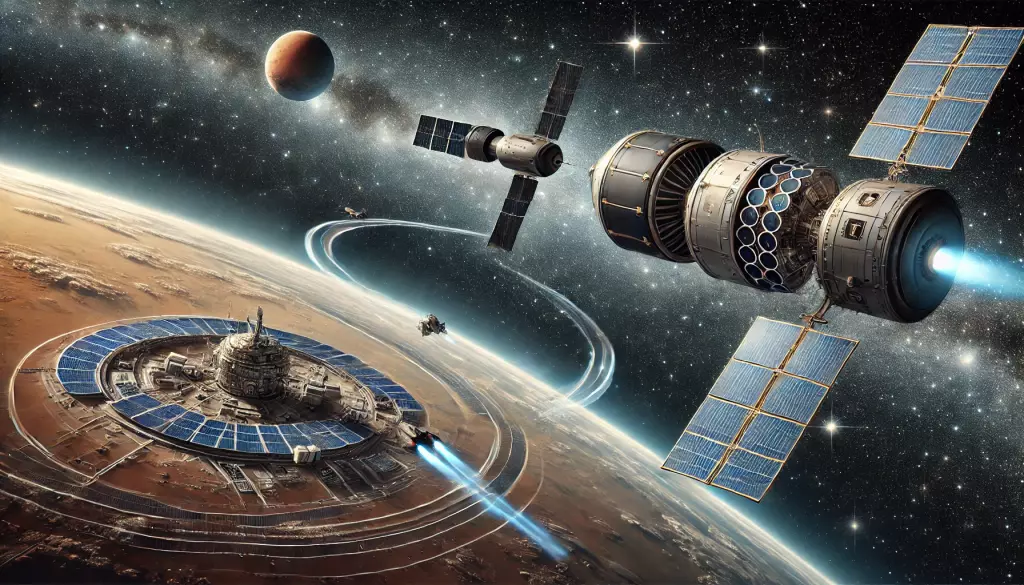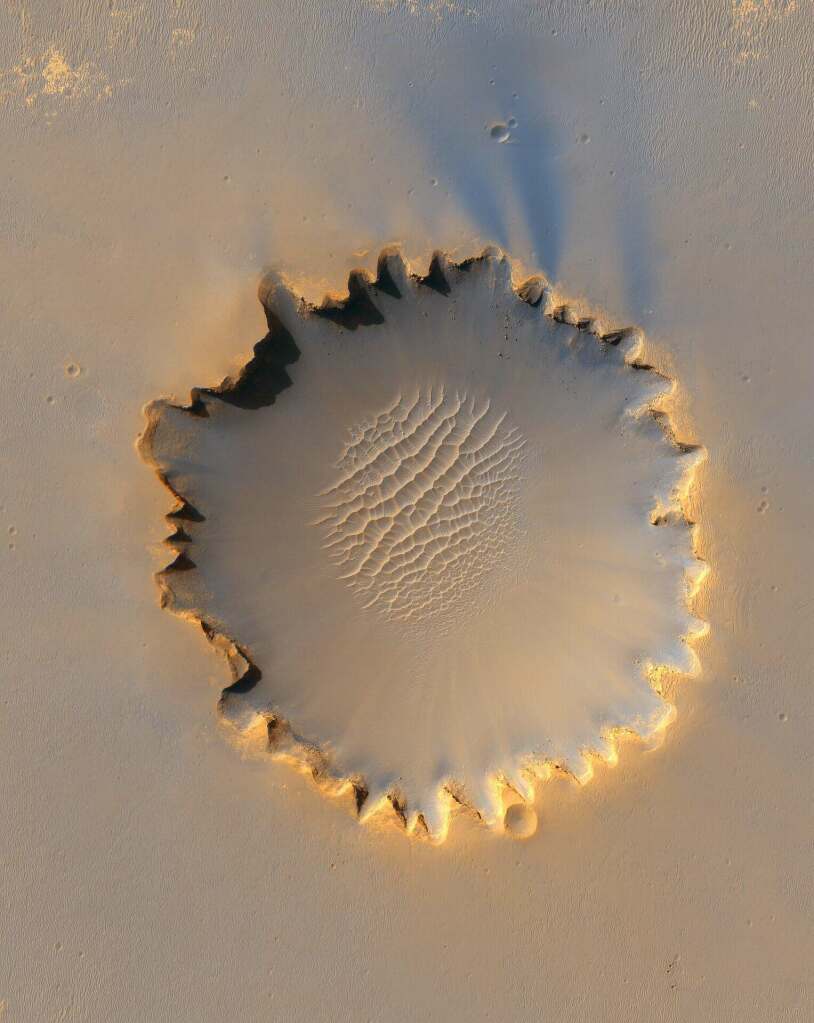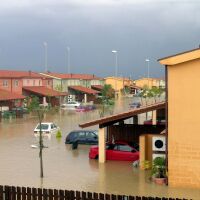
Terraforming Mars has long been a subject of fascination for scientists and science fiction enthusiasts alike. The idea of transforming the Red Planet into a more Earth-like environment, capable of sustaining human life, is both thrilling and daunting.
Recently, a novel approach has been proposed by researchers that could significantly advance our ability to make Mars habitable. This method involves using aluminum and iron particles, derived from Martian dust, to warm the planet by over 10°C.
This significant increase in temperature could be a game-changer in the quest to sustain liquid water on Mars, making it one of the most promising terraforming strategies to date.
The Science Behind the Method

The proposed method leverages the natural resources found on Mars, specifically its abundant dust, which contains aluminum and iron.
By injecting tiny particles made from this dust into the Martian atmosphere, scientists aim to create a greenhouse effect that traps heat and raises the planet’s temperature.
The particles would act similarly to how carbon dioxide functions on Earth, trapping solar radiation and preventing it from escaping back into space. The resultant warming effect could be enough to raise the surface temperature by over 10°C, a critical threshold for sustaining liquid water.
Whats are Potential Benefits?

- Utilization of Martian Resources: One of the most significant advantages of this approach is its reliance on materials that are already abundant on Mars. This minimizes the need for transporting large quantities of resources from Earth, making the process more feasible and cost-effective.
- Sustaining Liquid Water: Increasing Mars’s temperature by more than 10°C could be sufficient to maintain liquid water on the planet’s surface. Water is essential for life as we know it, and its presence would be a crucial step towards making Mars habitable for humans.
- Paving the Way for Future Terraforming: Warming the planet is just the beginning. If successful, this method could serve as a foundation for further terraforming efforts, such as increasing atmospheric pressure, introducing an oxygen-rich atmosphere, and eventually establishing a stable ecosystem.
Challenges and Considerations

- Partial Solution: While increasing the temperature is a significant achievement, it does not address all the challenges of making Mars habitable. The planet’s low atmospheric pressure, lack of an ozone layer, and absence of breathable oxygen remain major obstacles that need to be overcome.
- Potential Environmental Impact: Injecting particles into the atmosphere could have unintended consequences. For instance, the particles might alter Mars’s weather patterns or even damage the planet’s surface over time. Understanding these potential impacts requires further research.
- Sustainability and Control: Maintaining the right balance of particles in the atmosphere will be crucial. If too many particles are injected, the planet could overheat, leading to other unforeseen problems. Conversely, too few particles might not achieve the desired warming effect.
- Long-Term Viability: The method’s long-term viability is still unknown. Questions remain about how long the particles would stay suspended in the atmosphere and whether they would need to be replenished regularly. These factors could impact the practicality of this approach as a sustainable solution for warming Mars.
Future Research Directions

The research team behind this proposal is already planning the next steps to validate their approach – by performing more supercomputer tests and experiments. Laboratory tests will be conducted to examine how different particle shapes and compositions affect the greenhouse effect.
Additionally, researchers will explore the potential for combining this method with other terraforming strategies to create a comprehensive plan for making Mars habitable.
Conclusion
The proposal to use aluminum and iron particles to warm Mars represents an exciting leap forward in terraforming research.
While this method offers significant potential benefits, it also comes with challenges that need careful consideration.
As scientists continue to explore this innovative approach, the dream of transforming Mars into a new home for humanity inches closer to reality. However, it is clear that this is only the beginning of a long and complex journey towards making Mars a habitable planet.


